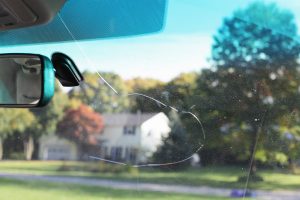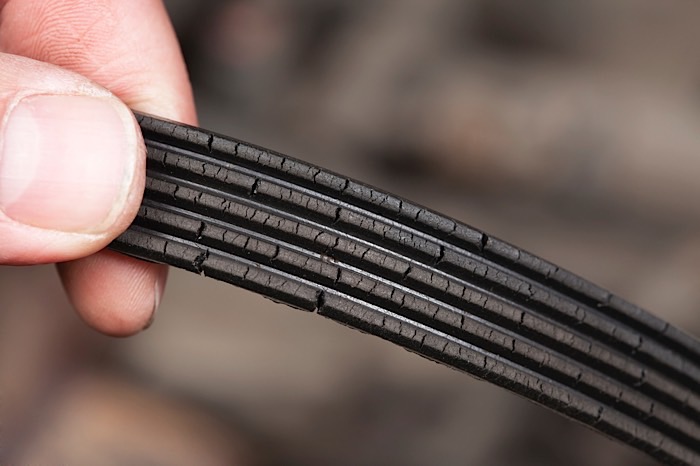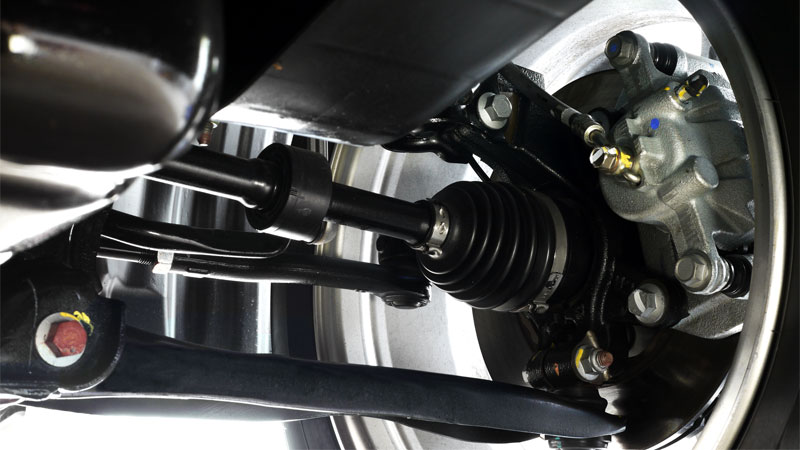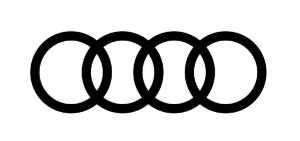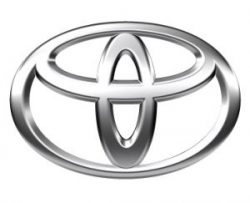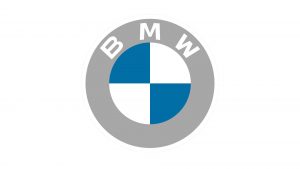What is the difference between a crosswalk and a pedestrian crossover?
To kick off the first ever Pedestrian Safety Month, let’s discuss the traditional crosswalk vs the new pedestrian crossover.
The standard crosswalk is found at an intersection. Motorists do not have to wait for pedestrians to cross the full width before proceeding.
A pedestrian crossover, on the other hand, can be found at any stretch of roadway, not necessarily at an intersection, generally in areas where pedestrians would benefit from a controlled crosswalk but there is not enough traffic to warrant a traffic light. At a crossover, motorists must wait for pedestrians to cross the full width of the road before proceeding.
Some of the features of a pedestrian crossover are:
Always have “ladder” style stripes that mark the crossing area.
Always have roadside signage that says “Stop for Pedestrians”.
Always have pavement markings to show where cars and/or cyclists must stop.
Sometimes have lights or overhead signage.
There are four types of pedestrian crossovers. Spot the differences:
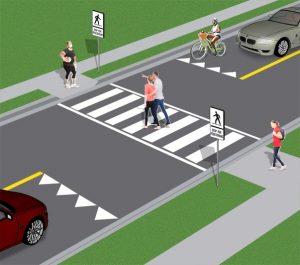
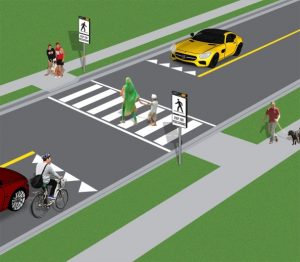
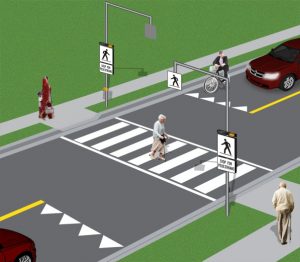
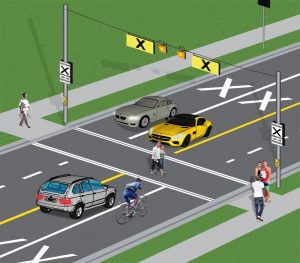
On my first crack at this, the difference I saw was in the cars that were stopped. One is a BMW, one is a Mercedes and one is a Chrysler minivan.
The actual differences in the crossovers themselves is as follows:
(from Oakville.ca and mto.on.ca)
Type D:
- Lines that mark the crossing area
- Clear place for motorists and cyclists to stop
- Roadside signs
Type C: Same as Type D but with added flashing lights, activated by pedestrian.
Type B: Same as Type C but with added overhead signs.
Type A: From what I can see, this one also has warning signs such as the X painted on the road and X on the overhead signs. Although, it does not have the ladder-style painted stripes nor the teeth that tell you where to stop.
It seems that some places are trying to grab the attention of motorists even more by painting the stripes on the road as a 3-D illusion. Is it effective, or too distracting?
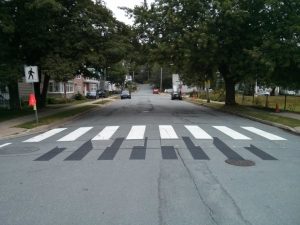
For me it combines two things I like, optical illusions and public art.


